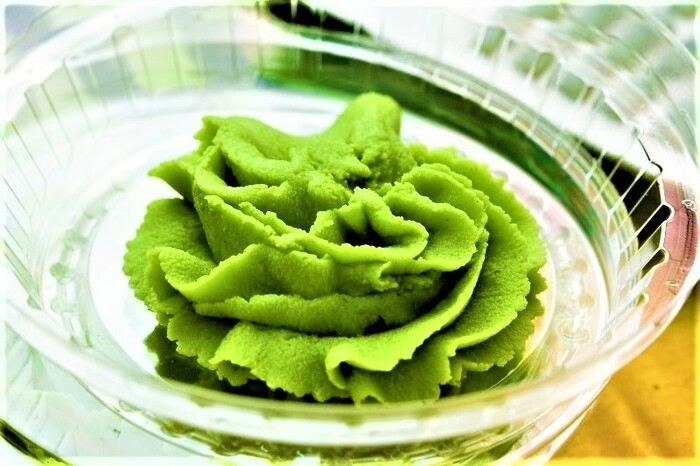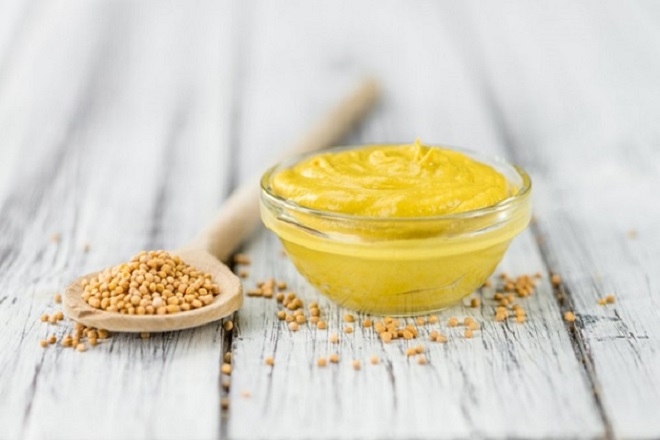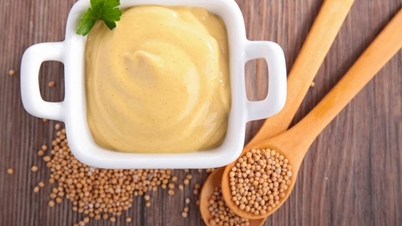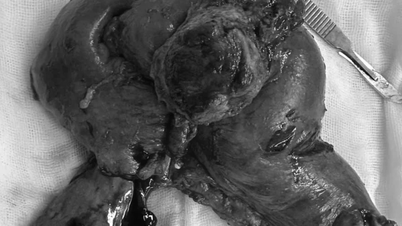 |
Major Health Benefits of Mustard
Prevent premature aging
Due to its high levels of vitamin E and vitamin A, nutrients that act as antioxidants, mustard can keep skin firm and younger, in addition to preventing premature aging, as it works by counteracting the effects of free radicals in cells.
In addition, mustard seeds are rich in omega 9, which increases the absorption of vitamins A and E, which is beneficial for their effects on the skin.
Boost the immune system
Mustard boosts the immune system as it contains vitamin A and vitamin E, nutrients that help maintain the proper functioning of defense cells and fight free radicals, improving the immune system's response to viral, bacterial or fungal infections.
Reduce the risk of cardiovascular disease
Mustard seeds are rich in good fats, such as omega 3s, which help lower levels of “bad” cholesterol, LDL, total cholesterol, and triglycerides.
In addition, due to its antioxidant properties, mustard prevents the accumulation of fat inside the blood vessels and promotes blood circulation, reducing the risk of developing cardiovascular diseases, such as atherosclerosis, heart attack or stroke.
Regulates bowels
Mustard can regulate bowel movements as it is rich in fiber which stimulates natural bowel movements and helps fight constipation.
Helps heal wounds
Mustard can help heal wounds because it has anti-inflammatory and antibacterial properties, which prevent infection and reduce local inflammation, promoting faster healing.
Additionally, because it contains vitamin K, mustard also has a blood clotting effect, preventing bleeding and speeding up the healing process.
Helps prevent cramps
Yellow mustard may help prevent exercise-related muscle cramps in athletes. This is because the acetic acid found in mustard improves the activity of acetylcholine, a neurotransmitter involved in muscle contraction and relaxation, which may help prevent or reduce cramps.
However, more research is needed to prove the possible benefits of mustard in preventing cramps.
To get all the benefits and nutrients of mustard, it is important to consume both the seeds and leaves as part of a healthy and balanced diet.
 |
Mustard Classification
_ Green mustard, also known as wasabi, is a spice originating from Japan.
Although it has a spicy taste, green mustard does not retain its spicy taste as long as chili, but the flavor will gradually travel from the mouth to the nose and quickly disappear.
Green mustard is the optimal choice when used with raw seafood dishes. However, you should only use a moderate amount to avoid losing the flavor of the dish.
_ Yellow mustard is a combination of white mustard with sugar and turmeric, so it has a beautiful honey yellow color. Yellow mustard is often found in European and American dishes, with a slightly sour taste, so it is often used as a sauce or marinade.
Yellow mustard can be flexibly combined in many different dishes, most suitable when eaten with meat. Mustard can be added to sandwiches, hotdogs, grilled dishes, especially suitable when eaten with strong-smelling meats such as lamb, goat meat...
How to consume mustard
Mustard can be consumed in its seed form, which can be used in sauces or as a seasoning for meats and roasts. Mustard greens can also be eaten raw or cooked, in salads, stir-fries, or in recipes such as pies, soups, or rice.
You can consume mustard daily, with the recommended dosage being 2 to 3 servings, equivalent to 160 to 240 g per day.
Source: https://kinhtedothi.vn/nhung-loi-ich-bat-ngo-cua-mu-tat-ma-khong-phai-ai-cung-biet.html




![[Photo] President Luong Cuong attends the National Ceremony to honor Uncle Ho's Good Children](https://vphoto.vietnam.vn/thumb/1200x675/vietnam/resource/IMAGE/2025/5/15/9defa1e6e3e743f59a79f667b0b6b3db)

![[Photo] Close-up of An Phu underpass, which will open to traffic in June](https://vphoto.vietnam.vn/thumb/1200x675/vietnam/resource/IMAGE/2025/5/15/5adb08323ea7482fb64fa1bf55fed112)
![[Photo] In May, lotus flowers bloom in President Ho Chi Minh's hometown](https://vphoto.vietnam.vn/thumb/1200x675/vietnam/resource/IMAGE/2025/5/15/aed19c8fa5ef410ea0099d9ecf34d2ad)








![[Video] Revocation of a series of health food registration certificates](https://vphoto.vietnam.vn/thumb/402x226/vietnam/resource/IMAGE/2025/5/15/83b32adc50da41279899f8c42ff453e0)

















































































Comment (0)